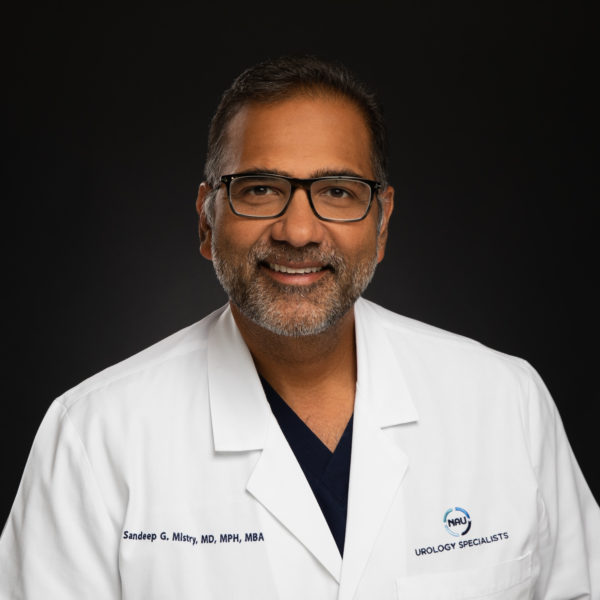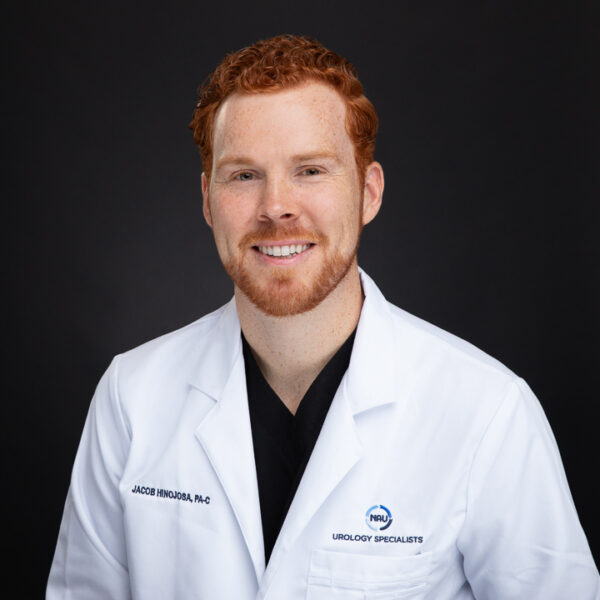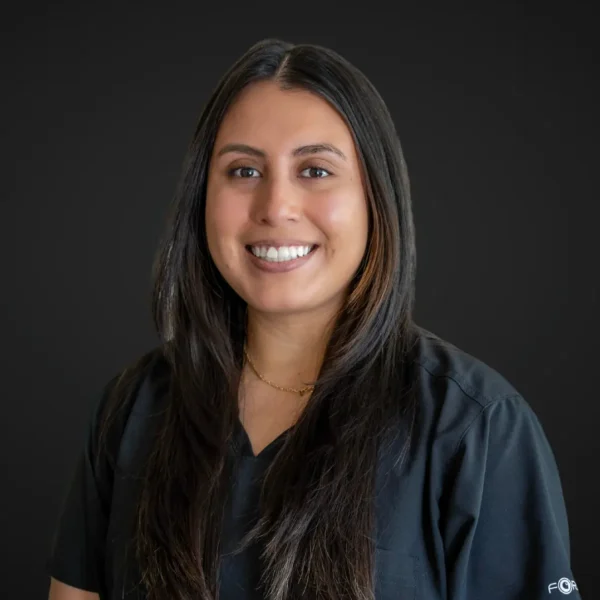
At Urology Specialists of Austin, we perform sperm extraction
Modern reproductive technology has evolved tremendously to help men who were previously considered to be incapable of fathering children. The ability to fertilize eggs by directly injecting sperm into an egg (intra-cytoplasmic sperm injection) means that very few sperm are needed to achieve a successful pregnancy. Sperm are produced in the testicles and transported to the penis, where fluid from the prostate combines with the sperm to produce semen. Sperm extraction may be required.
Sperm retrieval procedures are necessary for situations where there are no sperm in a man’s ejaculate. This condition can result from blockage of the ejaculatory system (obstructive azoospermia) or from the failure of sperm production in the testicle (non-obstructive azoospermia). The most common cause of obstructive azoospermia is a prior vasectomy, but other causes include prior infection, prior hernia repair with mesh or other prior surgery on the testicles. Non-obstructive azoospermia can be due to genetic conditions, prior testicular infections, or hormonal abnormalities. These conditions can interrupt the production of normal sperm within the testicle. Fortunately, even in these instances, there are often areas of normal sperm production.
The ideal technique for harvesting sperm depends on a variety of factors. Sperm can be retrieved using an open surgical approach or through the skin using a needle. Each approach has certain risks and benefits and each may not be appropriate for everyone. Although it is sometimes possible to harvest enough sperm for intrauterine insemination (IUI), where the sperm is inserted directly into the woman’s uterus, it is more common to use harvested sperm for in vitro fertilization (IVF). The retrieved sperm can be used immediately to fertilize an egg or frozen for later use.
Who needs to undergo a sperm extraction?
There are several reasons a man may need to undergo a sperm extraction procedure. These can include a prior vasectomy or failed vasectomy reversal, anatomic blockage of the reproductive system or extracting sperm directly from the testicle in some severe forms of infertility.
Percutaneous Epididymal Sperm Aspiration (PESA)
Percutaneous epididymal sperm aspiration involves the use of a needle passed through the skin into the epididymal tubules, where sperm naturally mature. This procedure can be about 90% effective in men who have a prior vasectomy, but the success rate can be significantly lower in men who have no sperm in the ejaculate due to an unknown cause. Recovery from this procedure can be relatively quick, and most men can return to normal duties within 24 to 48 hours. The sperm retrieved from this method is immediately evaluated by an andrologist, and the sperm is frozen for use in conjunction with in vitro fertilization (IVF). This procedure is most commonly performed in an advanced reproductive facility.
Microscopic Epididymal Sperm Aspiration (MESA)
Microscopic epididymal sperm aspiration generally follows an unsuccessful percutaneous approach. An incision is made in the scrotum, and the testicle is carefully brought to the surface and inspected. The epididymal tubules, where sperm naturally mature, are inspected microscopically. Individual epididymal tubules are then carefully incised, and their contents are aspirated. The fluid is then inspected microscopically, and any sperm found is preserved. This sperm is generally then used in conjunction with IVF with the help of an advanced reproductive endocrinologist.
Micro Testicular Sperm Exploration (micro-TESE)
Micro testicular sperm exploration is the most extensive sperm extraction procedure and is only performed by specially trained male fertility specialists. This procedure often follows the microscopic epididymal sperm aspiration and involves an incision in the testicle itself and a careful microscopic exploration that can last several hours. The cells responsible for producing sperm are extracted and examined microscopically for evidence of mature sperm production. This sperm can be frozen and used in conjunction with IVF.
Dr. Mistry has performed more advanced sperm aspiration procedures than anyone in Austin over the past 15 years. We work with several convenient facilities to ensure care is provided close to where you’re referred.
Contact us today to schedule an appointment with one of our Austin specialists.












